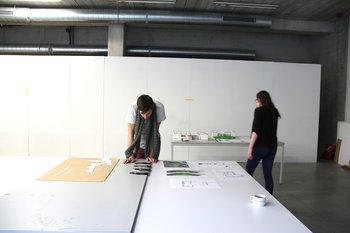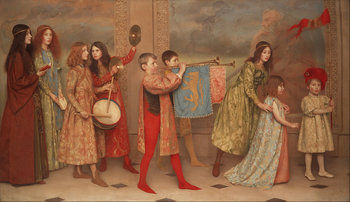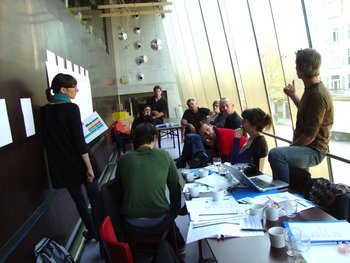
Table of Contents
A basic example of information architecture is a table of contents that gives structure to a document but doesn't define the content itself.User Experience
Looking at information architecture from the perspective of users who would like to accomplish a goal such as researching and applying for a mortgage. This is used to design information structures such as wireframes and navigation tools that are useful.Sitemap
Determining what screens you need for a user interface and how they will be linked together.Wireframes
Designing the basic layout of screens without details.Navigation
Tools that allow users to jump from one place to another.Information Scent
Visual cues that make information easier to find such as breadcrumbs.Meta Information
Information about information. For example, tags that can be used to navigate topics.Search
The architecture of search tools that allow users to query information.Information Structures
Organization of knowledge and information into structures. For example, a hierarchy of knowledge categories for an organization's document management tool.Data Structures
The design of data structures that define data entires and relationships between entities.Orchestration & Choreography
Defining information processes that will be automated with orchestration and choreography tools such as flow of screens and events. For example, three sequential screens for a mortgage application that can be saved and resumed at any point. This may include events such as a message to customers that reminds them of an open application.| Overview: Information Architecture | ||
Type | ||
Definition (1) | The design of structures for information environments. | |
Definition (2) | The design of information for human use. | |
Related Concepts | ||














